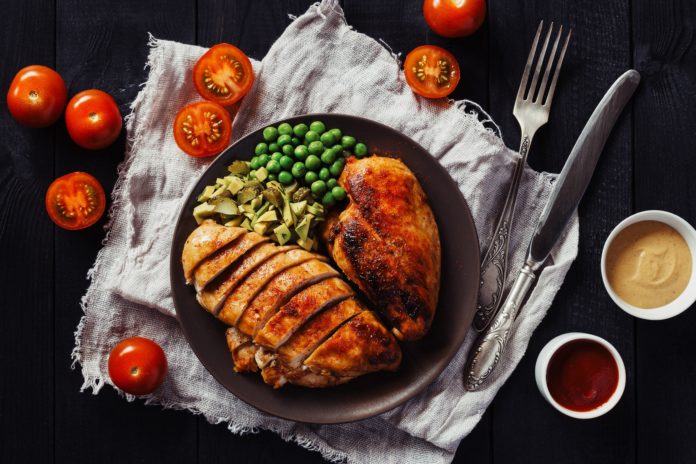
The Whole30 diet is a strict 30-day elimination diet where you only eat fruits, veggies, quality meat and fish, and healthy fats. Many people choose to do the Whole30 diet as a way to explore dietary concerns such as a dairy or gluten allergy, to reduce inflammation, or as a weight loss program. But what does this drastic month-long lifestyle change actually involve?
What are the Rules of the Whole30 Diet?
The Whole30 diet is divided into two stages: 30 days of elimination and 10 days of gradual reintroduction where you monitor which food groups may cause a reaction.
- You can eat fruits, veggies, herbs, spices, meat, seafood, eggs, and healthy fats.
- You cannot eat grains, added sugar, legumes, dairy, carrageenan, sulfites, or consume alcohol.
- You cannot recreate treat foods such as baked goods using Whole30-approved ingredients.
- You cannot weigh yourself or take measurements.
What’s the Point?
The Whole30 diet is designed to offer a “reset” to help you stop eating foods that you might be allergic to or that cause inflammation in your body. It may also help you to master your cravings and eat more mindfully.
Is the Whole30 Diet for Me?
The Whole30 diet may be beneficial for anyone struggling with digestive issues who wants to figure out trigger foods. It can also be an interesting challenge for those who want to reduce their junk food intake and eat more fruits, veggies, and lean proteins. However, this is a very drastic and restrictive diet and should be discussed with a trusted health professional.
The Whole30 diet is not suitable for vegans and vegetarians, and is not recommended for anyone with a past history of disordered eating.


